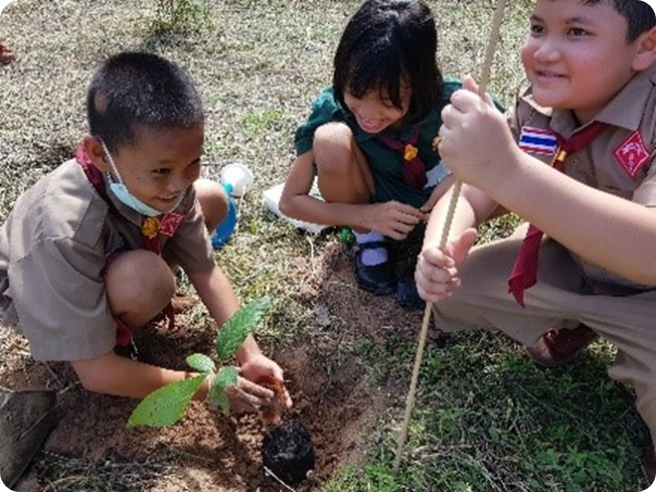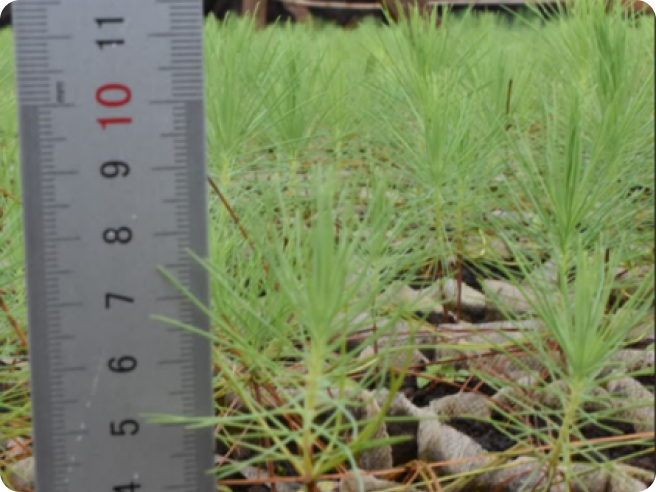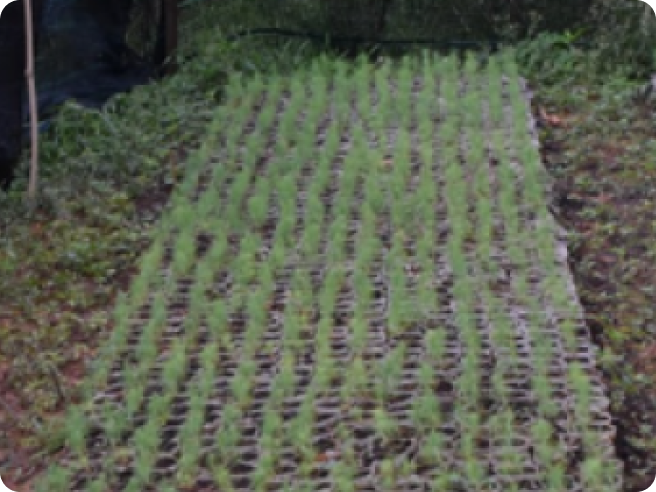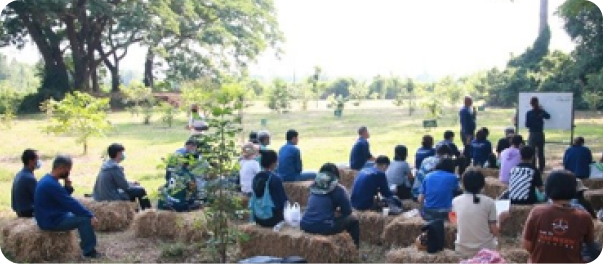Thailand, located on the Mainland Southeast Asia, has experienced significant deforestation over the past half-century. Fifty years ago, more than 60% of the country’s land area was forested; by 2016, this had declined dramatically to just 32%. According to Thailand’s Office of Agricultural Economics, approximately 3.2 million hectares of land is now dedicated to rubber plantations, and around one million hectares are used for oil palm plantations, this represents an average annual growth rate of 5% over the past decade. Oil palm plantations and mills, once primarily located in the southern region, have gradually expanded to the northern, central, and northeastern regions in recent years. In addition, estimates from the United Nations Development Program suggest that Thailand has between 64,000 and 75,000 hectares of tropical peatlands. These peatlands are continually being drained for agricultural purposes, including rubber, oil palm, and rice plantations. Around 41.5% of Thailand’s total land area is now used for agricultural plantations.
Given these challenges, there is an urgent need to implement rapid afforestation (the process of planting trees in an area that has not been forested for a significant period) and rehabilitation programmes using fast growing trees. This project promotes local forest restoration by training local communities in planting and inoculating native tree species with mycorrhizal fungi. Mycorrhizal fungi play a crucial role in tree planting efforts by enhancing nutrient and water absorption for trees, while simultaneously improving their resilience and overall health through symbiotic relationships with plant roots. The initiative aims to dispel misconceptions—such as the belief that native tree species have a slow growth rate—and supports farmers in community-based forest restoration efforts in southern Thailand.
Vietnam faces similar challenges of forest degradation and biodiversity loss. Lam Dong Province, located in Vietnam’s Central Highlands, has long been recognised as a biodiversity hotspot. However, areas like Da Lat—a main tourist attraction—have experienced continuous woodland degradation due to rapid economic development, including conversion of land for livestock farming, horticulture, and vegetable cultivation. To address this, the project supports a community-based afforestation and reforestation initiative. Leveraging local experts such as ornithologists, mycologists, and other scientists working they seek to integrate the construction of a complete forest ecosystem whilst generating economic incentives for local communities
A fundamental technical principle that underscores the forest restoration efforts in Thailand and Vietnam is the symbiotic relationship between mycorrhizal fungi and native tree species. Mycorrhizae are the symbiotic associations between plant roots and soil fungi, playing a crucial role in nutrient transfer. This plant-fungi symbiosis is essential for maintaining healthy forest ecosystems. Studies in forest ecology have shown that mycorrhizal formation is favored by higher light intensity and low nutrient availability, and that trees with fungal symbiosis grow faster than those without this relationship.




